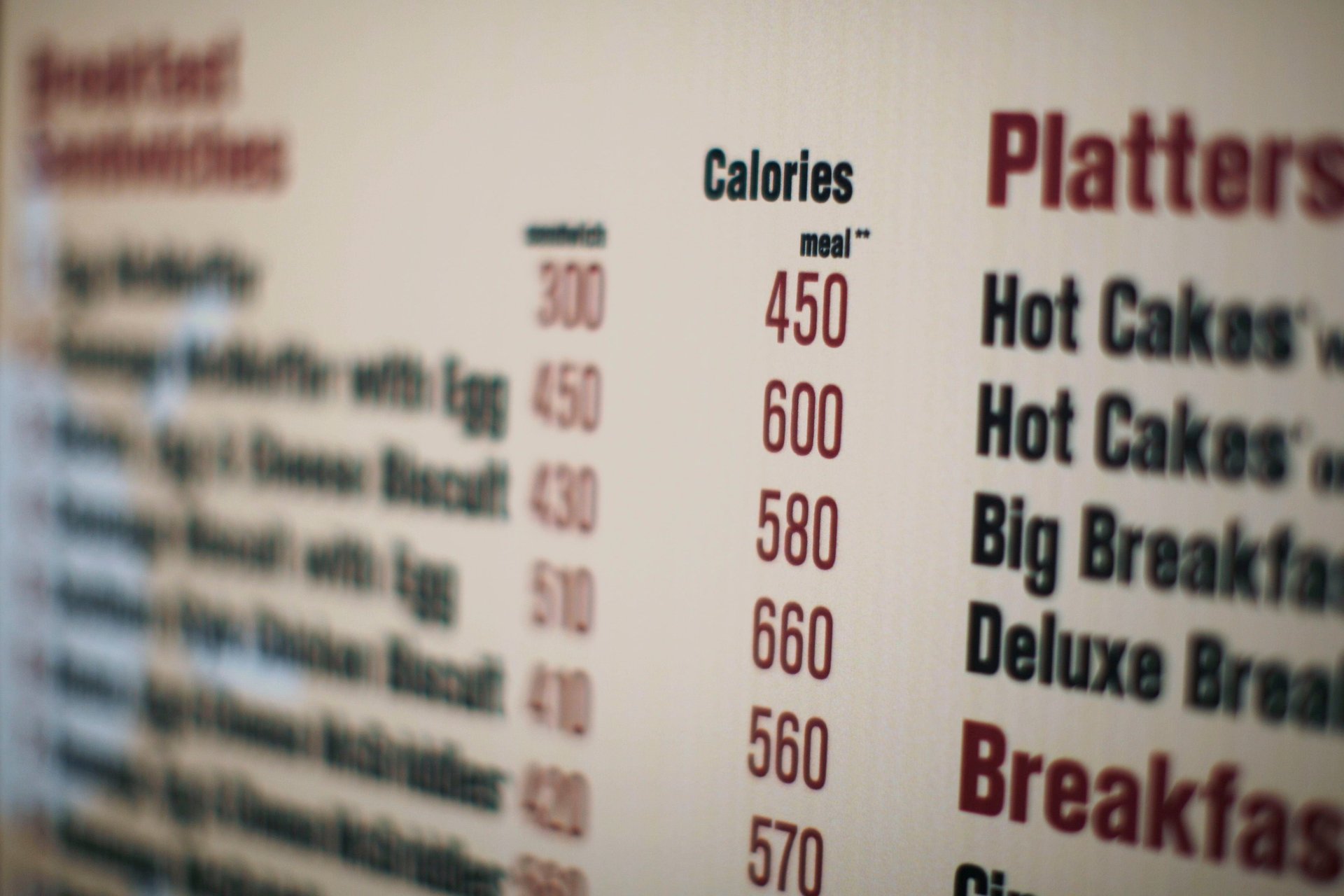One of the easiest ways to lose weight is about to get easier in the US
Starting in 2015, nearly all chain restaurants and places serving ready-to-eat foods in the US will have to post calorie counts and other nutrition information next to each item on the menu. They’ll also have to make this disclosure: “2,000 calories a day is used for general nutrition advice, but calorie needs vary.”


Starting in 2015, nearly all chain restaurants and places serving ready-to-eat foods in the US will have to post calorie counts and other nutrition information next to each item on the menu. They’ll also have to make this disclosure: “2,000 calories a day is used for general nutrition advice, but calorie needs vary.”
Similar rules were enacted years ago by local governments including Seattle’s and New York City’s. The federal requirements unveiled today mean that for the first time the whole nation will be subject to calorie-labeling laws, thanks to the 2010 Affordable Care Act.
Though the efficacy of such measures for improving public health has been debated, they do satisfy consumers’ hunger for more information when making choices that affect their health. People don’t necessarily want dozens of options when choosing what to eat, but often they would like to know everything there is to know about whatever’s on the menu.
Several food chains, including McDonald’s and Starbucks, already display caloric information next to menu items, a move that hasn’t hurt traffic or revenues. As the Wall Street Journal reported yesterday:
A 2011 study found that Starbucks patrons in New York ordered just 6% fewer calories following the publication of required menu labeling in that city. The study, conducted by Stanford University, showed that Starbucks Corp.’s revenue wasn’t affected.
Counting calories is by no means necessary for weight loss or maintenance, but it is one simple, effective method. Even if making information about calories in specific menu items available doesn’t change consumer habits by much, it is welcomed by many and easily ignored by others.
“Consumers are accustomed to seeing the calorie counts on restaurant menu boards,” says Bonnie Riggs, a restaurant industry analyst at NPD. “Those consumers who are calorie or health conscious will take note and order accordingly, and those who are not will order what they want regardless of the calories.”
The new standard applies to movie theaters and vending machines, too—making life easier for any calorie-counter who’s ever felt misled by a mystery trail mix that, after it had been released from the machine and its nutrition facts panel made visible, turned out to be calorically equivalent to a Snickers bar.